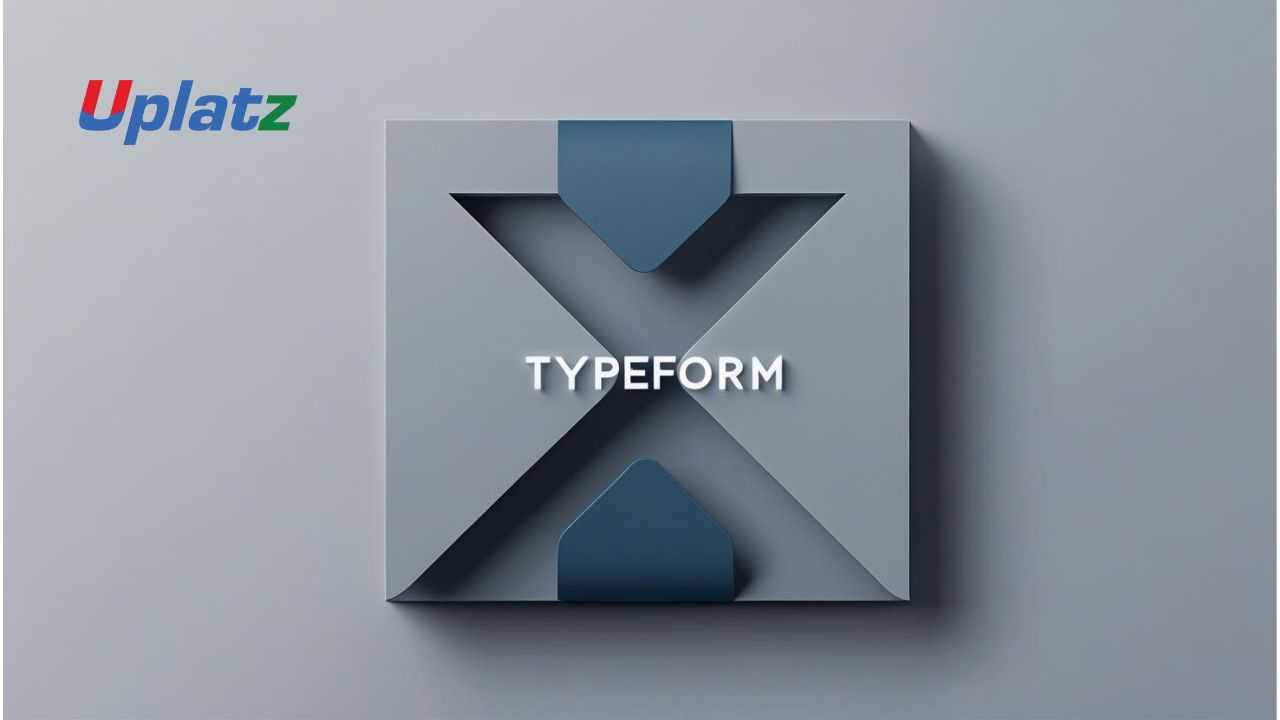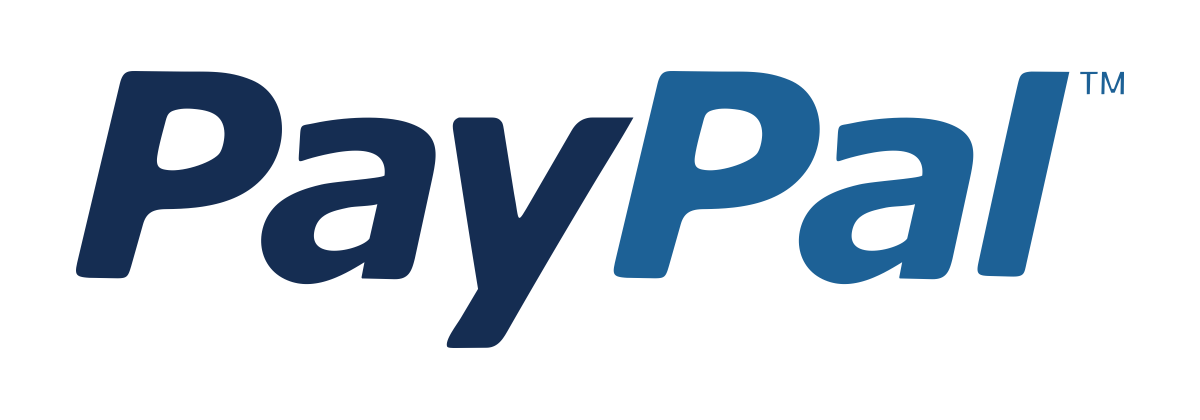Typeform
Learn how to create engaging, interactive forms, surveys, and quizzes with Typeform to collect better data and improve user experience. Price Match Guarantee
Full Lifetime Access
Access on any Device
Technical Support
Secure Checkout
Course Completion Certificate
Price Match Guarantee
Full Lifetime Access
Access on any Device
Technical Support
Secure Checkout
Course Completion Certificate
 95% Started a new career
BUY THIS COURSE (
95% Started a new career
BUY THIS COURSE (GBP 12 GBP 29 )-
 83% Got a pay increase and promotion
83% Got a pay increase and promotion
Students also bought -
-

- Google Analytics
- 20 Hours
- GBP 12
- 372 Learners
-

- Web Analytics
- 3 Hours
- GBP 12
- 86 Learners
-

- SEO (Search Engine Optimization)
- 25 Hours
- GBP 12
- 273 Learners

In today’s data-driven world, collecting accurate and meaningful information from users is essential for every business, educator, and researcher. Typeform: Interactive Forms & Surveys is a comprehensive, self-paced online course designed to help you master the art of creating engaging, conversational, and user-friendly online forms. Whether you’re a marketer collecting leads, a teacher building quizzes, or a startup founder seeking customer feedback, this course equips you with all the skills to create forms that people actually enjoy completing.
This course covers everything from the basics of setting up your first Typeform to advanced workflows using logic jumps, custom themes, and automation integrations. With real-world examples and hands-on projects, you’ll learn how to design professional, high-performing forms that elevate user experience, increase response rates, and deliver actionable insights.
What is Typeform?
Typeform is a leading online form and survey platform that reimagines traditional data collection by focusing on human-centered design and interactivity. Unlike typical forms that display a long list of questions, Typeform presents one question at a time, mimicking a natural conversation. This approach keeps respondents engaged, improves focus, and dramatically boosts completion rates.
The platform allows you to create forms, quizzes, and surveys that are not just functional but also visually appealing. You can customize the look and feel of every Typeform using themes, backgrounds, and custom branding—ensuring that your forms align perfectly with your business identity.
Through this course, you’ll explore how Typeform’s intuitive interface and drag-and-drop builder enable anyone—regardless of technical background—to create sophisticated forms without coding. You’ll also learn how to use built-in analytics to track responses, understand user behavior, and make better business decisions.
How Does Typeform Work?
At its core, Typeform simplifies form creation and management through an intuitive workflow that blends design, logic, and data connectivity.
-
Form Creation: You begin with a blank form or template and add different question types such as multiple-choice, short text, ratings, or file uploads.
-
Conditional Logic (Logic Jumps): You can personalize user journeys by displaying specific questions based on previous answers—creating a conversational and adaptive experience.
-
Customization: Typeform allows full visual customization, letting you choose fonts, colors, and themes that match your brand or campaign.
-
Integrations: The platform connects seamlessly with tools like Google Sheets, Slack, Notion, HubSpot, Airtable, Mailchimp, and Zapier, enabling automated data flows.
-
Analytics: After collecting responses, you can analyze results within Typeform or export data to external tools for further processing and visualization.
Throughout the course, you’ll build multiple live projects—such as a customer satisfaction survey, a job application form, and an event registration system—while learning how to automate workflows to save time and effort.
How is Typeform Used in the Industry?
Typeform has become a trusted tool across industries for its ability to humanize data collection. Businesses and professionals use it for everything from lead generation and market research to educational assessments and employee engagement.
-
Marketing & Sales: Marketers use Typeform to capture leads, qualify prospects, and run engaging feedback campaigns. A well-designed Typeform embedded on a website or landing page can increase conversions by providing an interactive experience rather than a static form.
-
Education & Training: Teachers and trainers create interactive quizzes, online tests, and registration forms that motivate learners to participate actively.
-
Product Management: Product teams use Typeform for feature feedback, user onboarding surveys, and beta testing programs—ensuring customer-driven product development.
-
Customer Experience (CX): Companies rely on Typeform to measure customer satisfaction (CSAT) and Net Promoter Score (NPS), gathering valuable feedback directly from users.
-
Research & Academia: Researchers and analysts use Typeform to collect qualitative and quantitative data efficiently while maintaining participant engagement.
Global organizations such as Airbnb, Nike, Zapier, and The New York Times use Typeform for its clean design, personalization options, and ability to integrate with their existing data systems.
Benefits of Learning Typeform
Learning Typeform empowers you to transform dull, traditional forms into meaningful, engaging conversations that users actually want to complete. It bridges the gap between data collection and user experience, allowing you to extract better insights while strengthening audience relationships.
Here are the key benefits of mastering Typeform:
-
Improved Engagement: Typeform’s conversational approach reduces form abandonment and increases completion rates.
-
Professional Presentation: Visually appealing forms reflect brand identity and enhance credibility.
-
Personalization at Scale: Conditional logic lets you tailor questions based on user input, creating a personalized journey for every respondent.
-
Automation and Efficiency: Integrations with CRMs, spreadsheets, and email tools help automate data collection and follow-ups.
-
Data-Driven Decision-Making: Built-in analytics and export options make it easy to analyze trends, visualize insights, and make informed decisions.
-
Cross-Functional Value: Marketers, designers, educators, and researchers can all use Typeform to simplify and improve their workflows.
By mastering Typeform, you not only save hours of manual effort but also enhance the quality and reliability of your collected data—whether for academic research, product feedback, or marketing performance.
What You’ll Learn
By the end of this course, you’ll have a thorough understanding of how to design, deploy, and analyze engaging forms using Typeform. You will learn to:
-
Build interactive, visually appealing forms and surveys.
-
Apply conditional logic (Logic Jumps) to create personalized user flows.
-
Collect, store, and analyze responses for data-driven insights.
-
Integrate Typeform with external tools such as CRMs, Google Sheets, Slack, and Zapier.
-
Create automated workflows for lead generation and feedback management.
-
Optimize Typeforms for various use cases—marketing, education, HR, and research.
-
Manage response data securely and export it for deeper analysis.
You’ll complete multiple projects including a customer satisfaction survey, lead capture quiz, and interactive event registration form, ensuring you gain real-world experience with every lesson.
Who Should Take This Course
This course is ideal for anyone who wants to collect better data and create memorable form experiences:
-
Marketers & Growth Professionals – Build lead-generation forms and optimize conversion rates.
-
UX Researchers – Gather authentic user feedback and behavioral data through engaging forms.
-
Educators & Trainers – Design interactive quizzes and learning assessments.
-
Entrepreneurs & Startups – Collect valuable customer insights and sign-ups efficiently.
-
Product Managers & Analysts – Use surveys to understand user preferences and validate product ideas.
No prior technical experience is required. The course starts with the fundamentals and advances progressively, making it suitable for both beginners and professionals.
Why Learn Typeform Now?
As customer expectations shift toward personalization and interactivity, traditional forms no longer deliver results. Typeform’s conversational format, combined with its integration-friendly ecosystem, makes it the go-to solution for modern businesses and educators.
By mastering Typeform, you’ll gain an in-demand skill that enhances your digital marketing, UX research, and product management capabilities—helping you create seamless user journeys that convert visitors into loyal users.
By the end of this course, you will be able to:
-
Create surveys, quizzes, and feedback forms using Typeform
-
Use conditional branching and logic jumps
-
Embed Typeforms in websites and email campaigns
-
Connect Typeform to automation platforms like Zapier and HubSpot
-
Analyze response data and generate reports
Course Syllabus
Module 1: Introduction to Typeform
Module 2: Building Your First Form
Module 3: Question Types and Design Customization
Module 4: Logic Jumps and Personalization
Module 5: Integrations with Google Sheets, Zapier, and Slack
Module 6: Creating Quizzes, Surveys, and Lead Forms
Module 7: Collecting and Analyzing Data
Module 8: Real-World Projects (Lead Gen Form, Feedback Survey, Quiz)
Module 9: Interview Questions & Answers
Upon completion, learners will receive a Certificate of Completion from Uplatz validating their skills in creating interactive forms and surveys using Typeform.
This course prepares learners for roles such as:
-
Digital Marketing Specialist
-
UX Researcher
-
Customer Success Analyst
-
Market Research Associate
-
Growth Hacker
-
What is Typeform and how does it differ from traditional survey tools?
Answer: Typeform focuses on user engagement by asking one question at a time in a conversational style, improving completion rates compared to static forms. -
How do logic jumps improve user experience in Typeform?
Answer: Logic jumps personalize the form flow by showing different questions based on user responses, making the survey more relevant. -
Can you integrate Typeform with other platforms?
Answer: Yes, Typeform integrates with tools like Google Sheets, HubSpot, Zapier, Slack, and Mailchimp to streamline data collection and automation. -
How would you use Typeform for lead generation?
Answer: By creating interactive forms with logic jumps, embedded CTAs, and integrations with CRMs to capture and nurture leads effectively. -
What are some limitations of Typeform?
Answer: Pricing can be high for advanced features, and large-scale data analysis may require integration with external analytics platforms. -
How can Typeform be used in education?
Answer: Teachers can design quizzes, assessments, and feedback surveys that engage students with conversational and interactive design. -
What is the role of design customization in Typeform?
Answer: Branding and design customization increase trust and make forms visually appealing, which improves response rates. -
How does Typeform handle data privacy?
Answer: Typeform complies with GDPR, offering encryption, secure data storage, and user consent options. -
Can you embed a Typeform in a website?
Answer: Yes, Typeforms can be embedded as pop-ups, widgets, or inline forms on websites. -
How do you analyze data collected through Typeform?
Answer: Typeform provides built-in analytics and export options to tools like Google Sheets or BI platforms for deeper insights.









